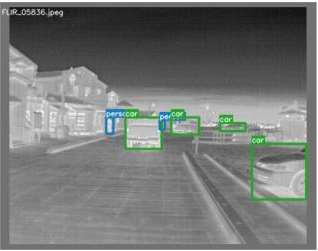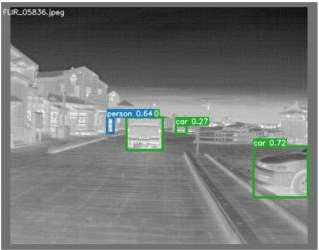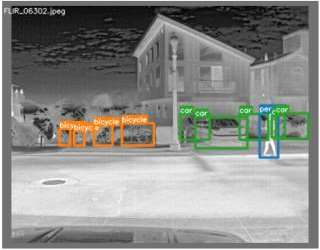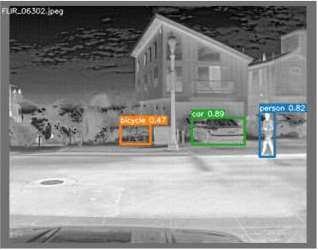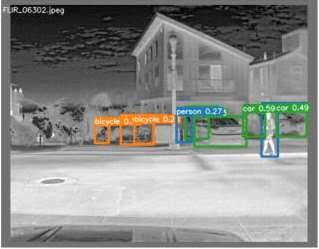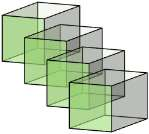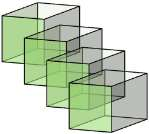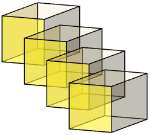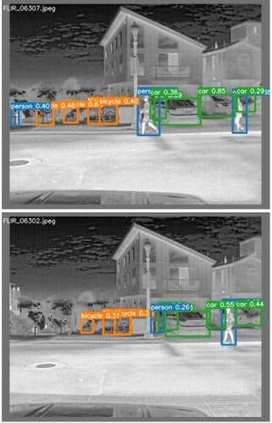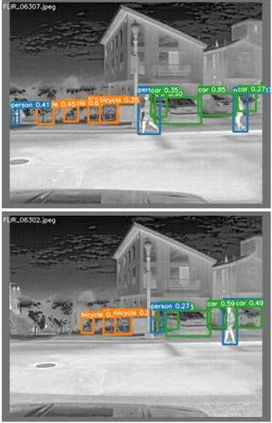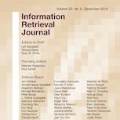The primary bottleneck towards obtaining good recognition performance in IR images is the lack of sufficient labeled training data, owing to the cost of acquiring such data. Realizing that object detection methods for the RGB modality are quite robust (at least for some commonplace classes, like person, car, etc.), thanks to the giant training sets that exist, in this work we seek to leverage cues from the RGB modality to scale object detectors to the IR modality, while preserving model performance in the RGB modality. At the core of our method, is a novel tensor decomposition method called TensorFact which splits the convolution kernels of a layer of a Convolutional Neural Network (CNN) into low-rank factor matrices, with fewer parameters than the original CNN. We first pretrain these factor matrices on the RGB modality, for which plenty of training data are assumed to exist and then augment only a few trainable parameters for training on the IR modality to avoid over-fitting, while encouraging them to capture complementary cues from those trained only on the RGB modality. We validate our approach empirically by first assessing how well our TensorFact decomposed network performs at the task of detecting objects in RGB images vis-a-vis the original network and then look at how well it adapts to IR images of the FLIR ADAS v1 dataset. For the latter, we train models under scenarios that pose challenges stemming from data paucity. From the experiments, we observe that: (i) TensorFact shows performance gains on RGB images; (ii) further, this pre-trained model, when fine-tuned, outperforms a standard state-of-the-art object detector on the FLIR ADAS v1 dataset by about 4% in terms of mAP 50 score.
翻译:暂无翻译



